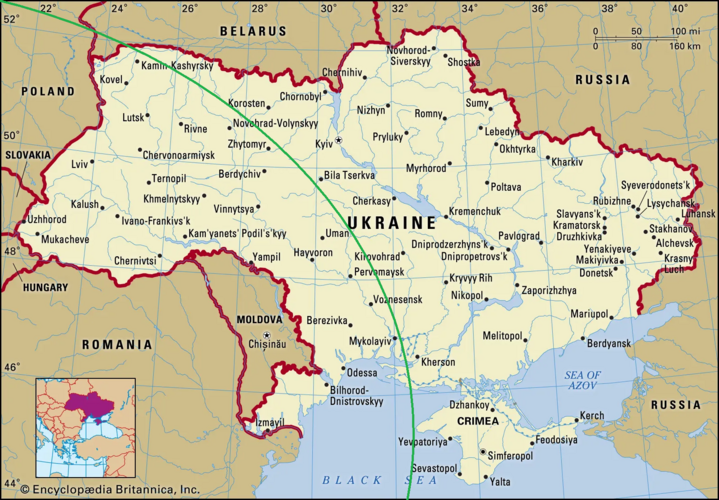True, it was possibly even less
> Today I would like to describe the results of recent technical studies I have performed using unclassified videotapes of Patriots attempting to intercept Scud warheads. The results of these studies are disturbing. They suggest that Patriot's intercept rate during the Gulf War was very low. The evidence from these preliminary studies indicate that Patriot's intercept rate could be much lower than 10 percent, possibly even zero. That such a conclusion can be reached from press video, which is a very crude tool by scientific standards, is disturbing. One would not anticipate that press video would have adequate space or time resolution to reach such a conclusion. However, as I will show you during the course of my presentation, most of the Patriot miss distances are so large that even press video is able to provide unambiguous evidence of misses.
The matter of fact is that the Patriot, similar to S-400 and comparable systems, is incredibly poorly suited for dealing with Ballistic missiles. Which is evidenced by the simple fact that ballistic missiles are not only utilized to dismantle SAM systems in Ukraine, but also because large scale Russian drone, cruise and ballistic missile attacks generally meet little opposition aside from AA fire against Geraniums and the likes before the Kh-101s, Kh-59, Kh-69, Kh-22s, Kh-47s and Iskanders come in.
And while the poor quality of Ukrainian personell most likely plays a part in the overall underwhelming performance, I think it's still clear as day that Patriot struggles with taking on ballistic missiles.





